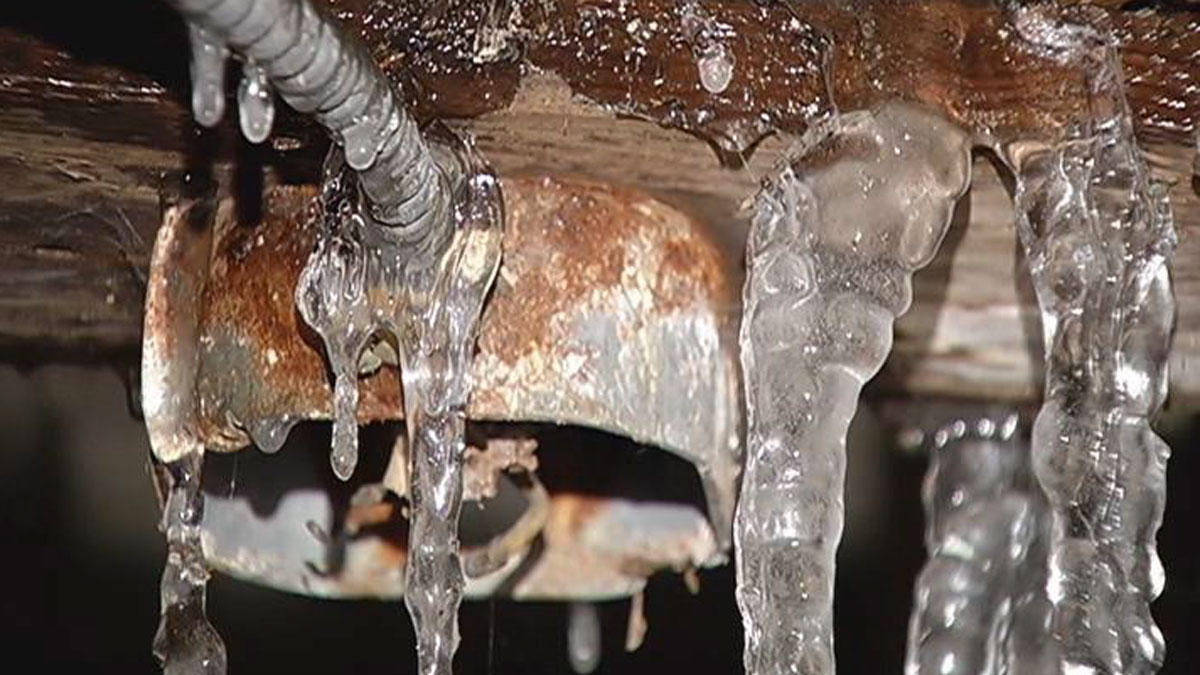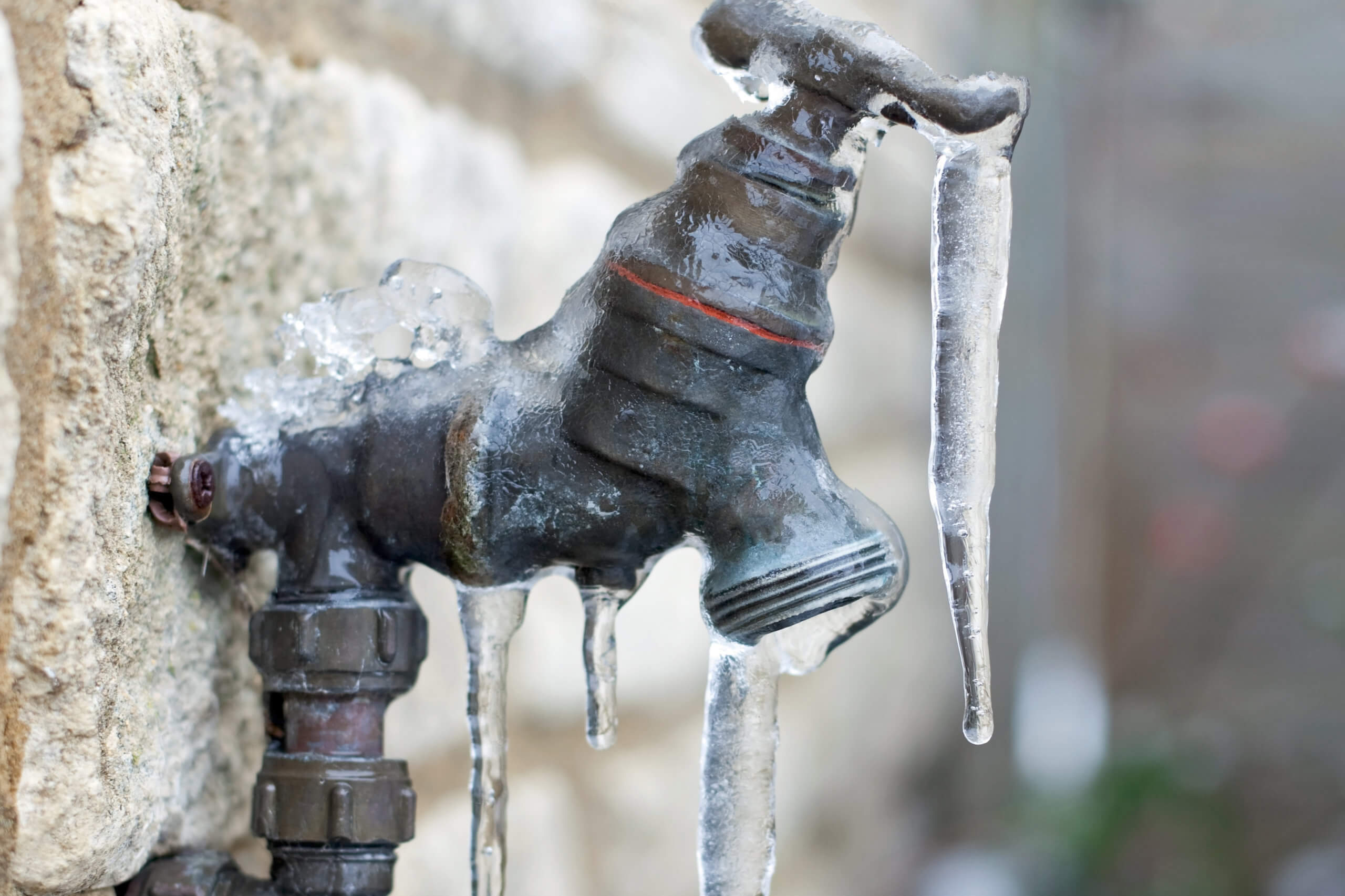Crucial Advice for Avoiding Frozen Pipes in Winter Conditions
Crucial Advice for Avoiding Frozen Pipes in Winter Conditions
Blog Article
Do you find yourself searching for selective information around How to prepare your home plumbing for winter weather?

Winter can damage your plumbing, particularly by freezing pipes. Below's just how to avoid it from occurring and what to do if it does.
Introduction
As temperatures drop, the threat of icy pipes increases, possibly causing expensive repair work and water damage. Recognizing just how to prevent icy pipelines is critical for property owners in cold climates.
Recognizing Icy Pipes
What triggers pipes to ice up?
Pipes ice up when exposed to temperature levels below 32 ° F (0 ° C) for prolonged durations. As water inside the pipes ices up, it expands, putting pressure on the pipeline walls and potentially creating them to burst.
Dangers and damages
Icy pipelines can lead to water system disruptions, building damage, and expensive repair services. Ruptured pipelines can flooding homes and create substantial architectural damages.
Indicators of Frozen Piping
Identifying frozen pipes early can prevent them from bursting.
How to identify frozen pipelines
Search for decreased water flow from faucets, uncommon smells or sounds from pipes, and visible frost on subjected pipes.
Prevention Tips
Insulating at risk pipelines
Cover pipelines in insulation sleeves or utilize heat tape to protect them from freezing temperature levels. Concentrate on pipes in unheated or external locations of the home.
Heating strategies
Maintain interior spaces adequately warmed, particularly areas with pipes. Open cupboard doors to allow cozy air to circulate around pipelines under sinks.
Safeguarding Exterior Pipes
Garden hose pipes and outdoor taps
Disconnect and drain yard hoses before winter. Mount frost-proof spigots or cover outdoor taps with protected caps.
What to Do If Your Pipes Freeze
Immediate actions to take
If you suspect frozen pipelines, keep taps available to alleviate pressure as the ice thaws. Make use of a hairdryer or towels taken in hot water to thaw pipelines gradually.
Long-Term Solutions
Structural adjustments
Take into consideration rerouting pipelines far from exterior wall surfaces or unheated locations. Add added insulation to attics, cellars, and crawl spaces.
Updating insulation
Buy premium insulation for pipelines, attics, and wall surfaces. Correct insulation assists keep constant temperature levels and decreases the threat of icy pipes.
Final thought
Preventing icy pipelines requires proactive procedures and fast reactions. By comprehending the reasons, indications, and safety nets, home owners can safeguard their plumbing during cold weather.
5 Ways to Prevent Frozen Pipes
Drain Outdoor Faucets and Disconnect Hoses
First, close the shut-off valve that controls the flow of water in the pipe to your outdoor faucet. Then, head outside to disconnect and drain your hose and open the outdoor faucet to allow the water to completely drain out of the line. Turn off the faucet when done. Finally, head back to the shut-off valve and drain the remaining water inside the pipe into a bucket or container. Additionally, if you have a home irrigation system, you should consider hiring an expert to clear the system of water each year.
Insulate Pipes
One of the best and most cost-effective methods for preventing frozen water pipes is to wrap your pipes with insulation. This is especially important for areas in your home that aren’t exposed to heat, such as an attic. We suggest using foam sleeves, which can typically be found at your local hardware store.
Keep Heat Running at 65
Your pipes are located inside your walls, and the temperature there is much colder than the rest of the house. To prevent your pipes from freezing, The Insurance Information Institute suggests that you keep your home heated to at least 65 degrees, even when traveling. You may want to invest in smart devices that can keep an eye on the temperature in your home while you’re away.
Leave Water Dripping
Moving water — even a small trickle — can prevent ice from forming inside your pipes. When freezing temps are imminent, start a drip of water from all faucets that serve exposed pipes. Leaving a few faucets running will also help relieve pressure inside the pipes and help prevent a rupture if the water inside freezes.
Open Cupboard Doors
Warm your kitchen and bathroom pipes by opening cupboards and vanities. You should also leave your interior doors ajar to help warm air circulate evenly throughout your home.

I hope you enjoyed our post about 6 Ways to Prevent Frozen Pipes. Thanks so much for finding the time to read our piece. Enjoyed our review? Please quickly share it. Let another person discover it. Thanks for taking the time to read it.
Call Today Report this page